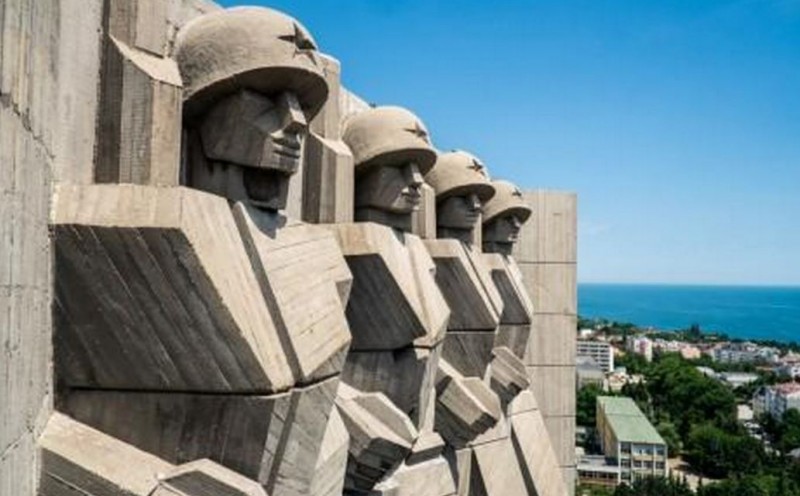
Brutalism is a unique architectural style that emerged in the mid-20th century, captivating enthusiasts and critics alike. With its distinct focus on raw and rugged concrete aesthetics, Brutalism stands as a bold and uncompromising statement in the world of architecture. In this article, we will delve into the origins, characteristics, and enduring legacy of Brutalism, exploring its impact on the built environment and the perceptions surrounding it.
1. Introduction: The Birth of Brutalism
In the post-war era, a group of architects sought to create a new architectural language that reflected the ideals of the time. Brutalism emerged as a response to the prevailing trends of the mid-20th century, which favored sleekness, ornamentation, and refinement. The architects behind this movement aimed to break away from the norm and embrace a raw, honest, and functional approach to design.
2. Origins and Influences
Brutalism drew inspiration from several architectural movements and philosophies, including the works of Le Corbusier and the Bauhaus movement. The use of exposed concrete, a defining feature of Brutalism, can be traced back to Le Corbusier's ideas of "béton brut" or "raw concrete." The simplicity and honesty of materials advocated by the Bauhaus movement also influenced the Brutalist aesthetic.
3. Key Characteristics of Brutalism
Raw Concrete Aesthetics: One of the most recognizable features of Brutalism is the prominent use of raw concrete, often left exposed and unadorned. This unapologetic display of the building's structure contributes to its rugged and industrial appeal.
Geometric Forms: Brutalist architecture often embraces bold and geometric shapes, showcasing strong lines and angular designs. These forms can create a sense of monumentality and solidity.
Functional Expression: Brutalist buildings prioritize functionality and purpose. The design often emphasizes the building's intended use, with a focus on providing practical spaces for living, working, or public activities.
Monumental Scale: Many Brutalist structures are characterized by their monumental scale, often dominating the surrounding landscape. This grandeur adds a sense of drama and impact to the architectural composition.
4. Brutalism Across the Globe
Brutalism gained popularity worldwide, with notable examples found in various countries. The Barbican Estate in London, the National Theatre in Ghana, and the Boston City Hall in the United States are just a few iconic Brutalist structures that exemplify the style's global reach. Each of these buildings showcases the distinct characteristics and local interpretations of Brutalism.
5. Controversies and Criticisms
Throughout its history, Brutalism has faced mixed reactions and sparked heated debates. Critics argue that the austere and imposing nature of Brutalist buildings can create an unwelcoming environment, lacking in warmth and human scale. Additionally, the raw concrete façades often require regular maintenance, leading to concerns about durability and cost-effectiveness.
6. The Evolution of Brutalism
Over time, Brutalism evolved and incorporated new materials and design elements. Architects began experimenting with other construction materials, such as brick, steel, and glass, while still maintaining the core principles of Brutalism. These developments resulted in a more diverse range of architectural expressions within the Brutalist framework.
7. Brutalism's Influence on Modern Architecture
Despite the controversies surrounding Brutalism, its influence on modern architecture cannot be denied. Many architects and designers continue to draw inspiration from its bold forms, expressive use of materials, and functionalist approach. Elements of Brutalism can be seen in contemporary designs, contributing to a dialogue between the past and the present.
8. The Enduring Legacy of Brutalism
While some Brutalist buildings have faced demolition or neglect, there has been a growing recognition of the architectural and cultural value of these structures. Preservation efforts and renewed appreciation for Brutalism have emerged, leading to renewed interest and the designation of some buildings as heritage sites. This renewed appreciation for Brutalism highlights its enduring legacy and the lasting impact it has had on the architectural world.
9. The Revival of Brutalism
In recent years, a revival of interest in Brutalism has taken place. Architects and designers are reimagining and adapting the principles of Brutalism to suit contemporary needs and sensibilities. The revival of Brutalism presents an opportunity to reinterpret its core principles while incorporating sustainable design practices and addressing the criticisms that the style has faced.
10. Future Prospects and Challenges
As with any architectural style, Brutalism faces challenges and uncertainties regarding its future. The preservation and adaptive reuse of existing Brutalist buildings, as well as the integration of sustainable design principles, will play a crucial role in shaping the style's future trajectory. The ongoing dialogue between architects, urban planners, and the public will also determine the direction Brutalism takes in the coming years.
11. Conclusion
Brutalism remains a distinctive and polarizing architectural style known for its rugged and raw concrete aesthetics. Its bold forms, functional expression, and enduring legacy have left an indelible mark on the architectural landscape. As the world continues to evolve, the future of Brutalism will be shaped by how architects and society reimagine and adapt its principles, ensuring its relevance and continued impact in the built environment.
India's Space Program Soars, ISRO Inspires Scientific Advancement